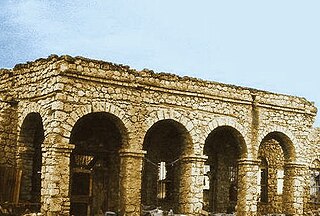
Awdal is an administrative region (gobol) in western Somaliland. It was separated from Woqooyi Galbeed and became a province in 1984 and is the most northwesterly province of Somaliland. To the east it borders Maroodi Jeex and Sahil; to its north-west it borders Djibouti; to its south and south-west lies Ethiopia; and the Gulf of Aden to its north. The province has an estimated population of 1,010,566. The region comprises the four districts of Borama, the regional capital, Baki, Lughaya, and Zeila.

Marodi Jeh is an administrative region (gobol) in western Somaliland. It is the most populous region of the country. It is bordered by Awdal to the west, Sahil to the north, Togdheer to the east and Ethiopia to the south. Marodi Jeh was created by splitting the previously existing region (gobolka) Woqooyi Galbeed in two, the other part being Sahil. In 2007 the region of Woqooyi Galbeed was renamed to Maroodi Jeex.
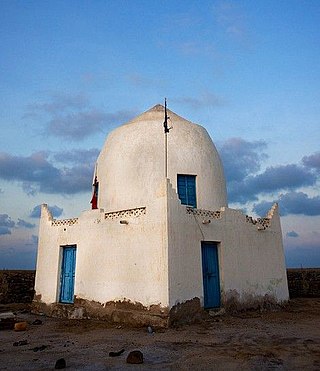
Zeila, also known as Zaila or Zayla, is a historical port town in the western Awdal region of Somaliland.
The Dir is one of the largest and most prominent Somali clans in the Horn of Africa. They are also considered to be the oldest Somali stock to have inhabited the region. Its members inhabit Djibouti, Somalia, Ethiopia, and northeastern Kenya.

The Gadabuursi, also known as Samaroon, is a northern Somali clan, a sub-division of the Dir clan family.
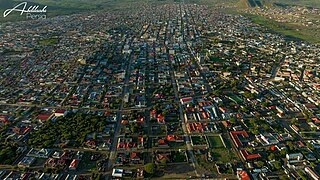
Borama is the largest city of the northwestern Awdal region of Somaliland. The commercial seat of the province, it is situated near the border with Ethiopia.
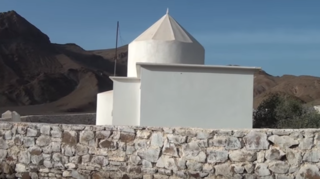
The Issa is a northern Somali clan, a sub-division of the Dir clan family.
Awbare, officially known as Teferi Ber, is one of the woredas of the Fafan Zone in the Somali Region of Ethiopia. Awbare is bordered on the southwest by Jijiga, on the west by the Sitti Zone, on the east by Somaliland, and on the southeast by Kebri Beyah. Cities and towns in the Awbare district include Awbare, Awbube, Sheder, Lefe Isa, Derwernache, Gogti, Jaare and Heregel.

Lughaya is a coastal town in the northwestern Awdal region of Somaliland.
The Reer Nuur, also known as Nuur Yoonis, is a northern Somali clan, a sub-division of the Makahiil sub-clan of the Gadabuursi clan family.

Awbare, officially known as Teferi Ber and called after its patron Saint Awbare, is a town in eastern Ethiopia located in the Fafan Zone of the Somali Region, near the border with Somaliland on the main trade route between Jijiga and the sea. It is the administrative centre of the Awbare district.
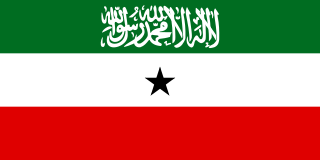
The following outline is provided as an overview and topical guide to Somaliland:

Baki District is a district in the Awdal region of western Somaliland.

Lughaya District is a district of the Awdal region in Somaliland. As of 2005, the Lughaya District had an estimated population of 36,104 residents.

Zeila District is a district in western Somaliland. Its capital is at Zeila.
Lefe Isa is a town in eastern Ethiopia. Located in the Fafan Zone of the Somali Region. It is administered under the Awbare district.

Gerisa is a town in the northwestern Awdal region of Somaliland.

Harirad is a town in the northwestern Awdal region of Somaliland. It is about 87 km northwest of Borama and 3 km (2 mi) north of the border with Ethiopia. With an elevation of 972 meters above sea level, the settlement sprawls on a wide basin surrounded by granite mountains on all sides.

Baki is a town in the northwestern Awdal region of Somaliland. It is the capital of the Baki district.
The Makayl-Dheere also known as Makaahiil-Dheere (Makayldheere), is a northern Somali clan, a sub-division of the Makahiil sub-clan of the Gadabuursi Dir clan family.














